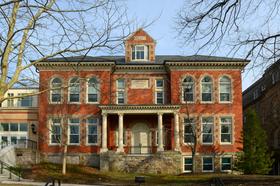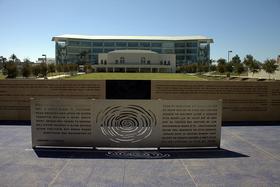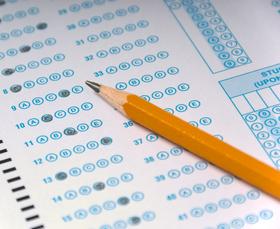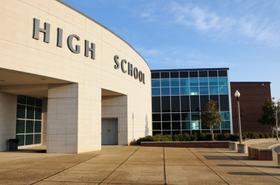For decades, studies have shown that schools with a high number of students living in poverty do not experience the same academic success as schools in wealthier districts. Many programs have been instituted to narrow the gap since the "War on Poverty" was launched by President Lyndon B. Johnson in 1965 and the Elementary and Secondary School Act of 1965 was established.
Unfortunately, recent reports show that instead of narrowing the poverty gap, there is a growing divide between low and high-income students at public schools.
The Condition of Education 2010
has recently been released by the National Center for Education Statistics (NCES). This annual report is federally mandated to provide an assessment of the condition of the educational system in the United States. This year's findings were sobering, as they indicate that the gap between high and low-poverty schools is a widening one.
According to the report, high-poverty schools are defined as institutions where at least 75% of the students enrolled are eligible for the free or reduced-price lunch program. Approximately 6 million elementary students and one million secondary students are enrolled in high-poverty schools today.
This video looks at the disparity between rich and poor school districts.
Characteristics of High-Poverty Schools
The NCES report looks at a variety of characteristics of high-poverty schools, including:
- Locations of the schools
- Characteristics of the students
- Qualifications and characteristics of















